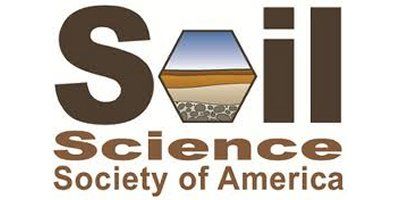

Soil Science Society of America (SSSA)
- Home
- Companies
- Soil Science Society of America (SSSA)
- Articles
- Influence of phosphorus and potassium ...
Influence of phosphorus and potassium on alfalfa yield, taproot C and N pools, and transcript levels of key genes after defoliation
Jun. 27, 2009- By: J. J. Volenec, W. K. Berg, S. M. Cunningham, S. M. Brouder, B. C. Joern and K. D. Johnson
Courtesy ofSoil Science Society of America (SSSA)
Fertilization with K and P impacts alfalfa (Medicago sativa L.) yield, but how these nutrients influence taproot reserves and gene expression is unknown. Our objectives were to determine how P and K impact (i) alfalfa yield and yield components, (ii) accumulation and use of taproot carbon (C) and nitrogen (N) pools, and (iii) transcript levels for β-amylase, sucrose synthase, and the high molecular weight vegetative storage protein in alfalfa taproots. Yield and yield components were determined at 30-d intervals beginning in late May. Roots were sampled after the late June harvest (Day 0) and 1, 3, 6, 10, 14, 21, and 30 d thereafter. Addition of P and K increased forage yield by enhancing mass per shoot. High P resulted in rapid starch use, while taproots of plants fertilized with K had low sugar concentrations. Transcripts decline by Day 6 and by Day 10 were below detection limits. Transcripts for β-amylase and sucrose synthase accumulated rapidly after Day 10 in taproots of plants fertilized with both P and K. Balanced P and K nutrition resulted in the accumulation and effective utilization of C and N reserves and in improved alfalfa adaptation to defoliation.
Most popular related searches
